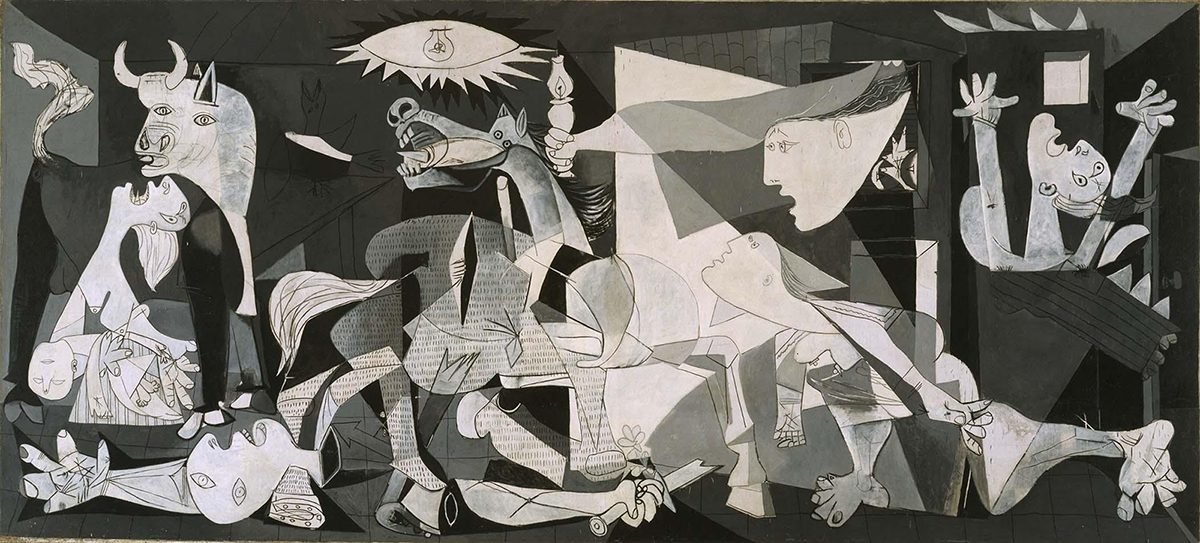When in early 1937 Pablo was asked to produce a painting for the Spanish Pavilion, he told the Republic’s delegates that he was not sure he could do the kind of picture they wanted. The world of his art had been till then essentially intimate and personal, bound by the walls and windows of a room; he had almost never spoken to the public realm, still less to political events; since 1925 his art had often steered close, claustrophobically, to nightmare or monstrosity. Yet the painting he eventually did for the Republic spoke grandly to the new realities of war. And the scene of suffering and disorientation he showed us has lived on, as an emblem of the modern condition, for eight decades. Guernica has become our culture’s tragic scene.
Are there continuities between Guernica and the strange, often agonized vision of humanity that Picasso had set forth over the preceding decade? How did Picasso’s distinctive set of concerns, which at moments seem dark to the point of despair, inform his final picture of women and animals in pain?
One writer said of Guernica that in it the world had been “changed into a furnished room, where all of us, gesticulating, wait for death”. Since 1937, generations of viewers across the globe have found the painting’s image of terror indispensable – maybe even cathartic. This exhibition asks why. It is clear that Guernica ‘s epic, compassionate treatment of violence moves beyond the dangerous fascination with the subject that had characterized much of Picasso’s work during the late 1920s and early 1930s. But would Guernica have been possible without that previous fixation? Isn’t violence very often “fascinating” as well as repellent? How does an artist represent it without falling under its spell? What is involved – psychologically, aesthetically – in giving Terror public form?
Organized by: Museo Nacional Centro de Arte Reina Sofía
Curatorship: Timothy James Clark and Anne M. Wagner
